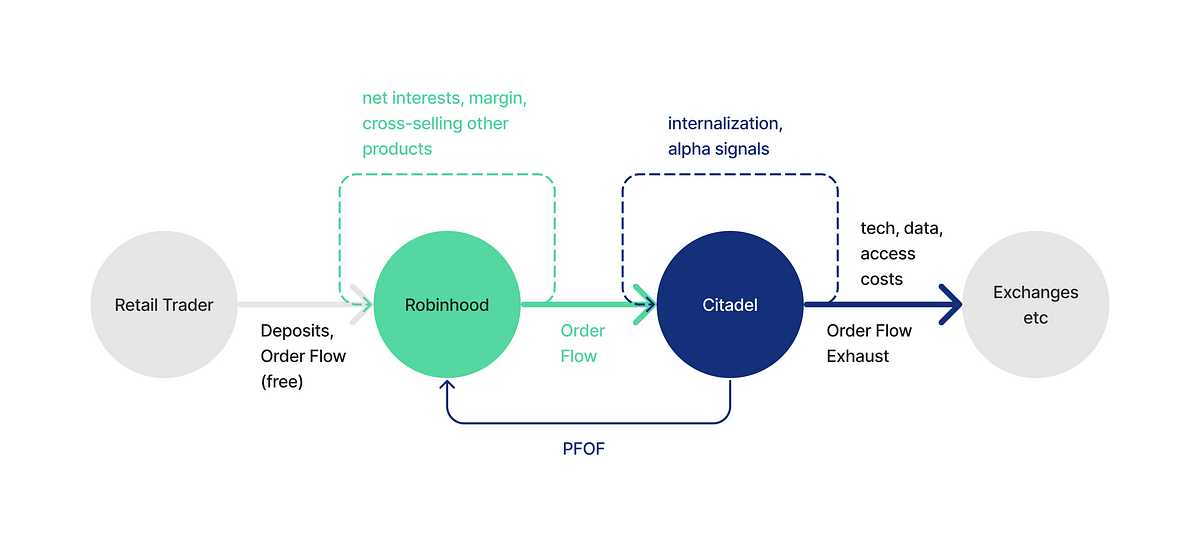Definition and Purpose of I/B/E/S
The Institutional Brokers’ Estimate System (I/B/E/S) is a financial data service that provides analysts’ earnings estimates for publicly traded companies. It is widely used by investors, analysts, and financial professionals to make informed investment decisions.
The purpose of I/B/E/S is to aggregate and disseminate analysts’ forecasts of earnings, revenue, and other financial metrics for companies. These estimates are based on in-depth research, industry knowledge, and financial modeling. The system collects and organizes these estimates from a wide range of sources, including brokerage firms, investment banks, and independent research providers.
I/B/E/S provides a standardized and comprehensive database of earnings estimates, allowing users to compare and analyze the forecasts of different analysts and firms. It includes historical estimates, current consensus estimates, and future estimates for upcoming quarters and years. This information is valuable for evaluating the financial health and performance of companies, identifying trends, and making investment decisions.
The data provided by I/B/E/S is used by a variety of market participants, including portfolio managers, equity analysts, investment bankers, and traders. It is also used by financial media outlets to report on earnings expectations and compare them to actual results. The accuracy and timeliness of the estimates are important factors in determining market sentiment and stock prices.
In summary, I/B/E/S is a vital tool for financial professionals and investors, providing access to reliable and comprehensive earnings estimates. It helps them make informed decisions, manage risks, and navigate the complex world of financial markets.
How I/B/E/S Works

The Institutional Brokers’ Estimate System (I/B/E/S) is a platform that collects and disseminates earnings estimates and other financial information from institutional brokers to investors and market participants. It operates as a centralized database that aggregates and standardizes data from various sources.
Here is a step-by-step explanation of how I/B/E/S works:
- Data Collection: I/B/E/S collects data from institutional brokers, including earnings estimates, revenue forecasts, and other financial metrics. This data is obtained through surveys, analyst reports, and direct submissions from brokers.
- Data Standardization: The collected data is standardized to ensure consistency and comparability. I/B/E/S uses a standardized template for financial statements and applies uniform accounting principles to the data.
- Data Validation: The collected data undergoes a rigorous validation process to identify and correct any errors or inconsistencies. This includes cross-checking with other sources and verifying against historical data.
- Data Dissemination: Once the data is validated, it is made available to subscribers through various channels, including online platforms, data feeds, and APIs. Subscribers can access the data in real-time or download historical data for analysis.
- Data Analysis: Investors and market participants can use the data provided by I/B/E/S to analyze and make informed decisions. They can compare earnings estimates across different companies, track analyst revisions, and assess the market sentiment towards a particular stock.
Overall, I/B/E/S plays a crucial role in facilitating the flow of information between institutional brokers, investors, and market participants. It provides a reliable and standardized source of financial data, helping investors make more informed investment decisions.
Benefits of Using I/B/E/S
The Institutional Brokers’ Estimate System (I/B/E/S) offers several benefits to investors, analysts, and financial professionals. Here are some key advantages of using I/B/E/S:
1. Accurate and Reliable Estimates
I/B/E/S provides accurate and reliable earnings estimates for thousands of companies across various industries. These estimates are compiled from a wide range of sources, including sell-side analysts, buy-side analysts, and independent research firms. By using I/B/E/S, investors can access the most up-to-date and comprehensive earnings estimates, which can help them make informed investment decisions.
2. Consensus Estimates
I/B/E/S calculates consensus estimates by aggregating individual analyst forecasts. Consensus estimates represent the average of all the available forecasts for a particular company. These consensus estimates are widely used by investors and analysts as a benchmark to evaluate a company’s performance. By using I/B/E/S, investors can easily access consensus estimates and compare them to a company’s actual earnings, helping them assess the accuracy of analysts’ forecasts.
3. Historical Data and Trends
I/B/E/S provides historical earnings data and trends for companies, allowing investors to analyze a company’s past performance and identify patterns or trends. This historical data can be useful in evaluating a company’s growth trajectory, profitability, and financial stability. By using I/B/E/S, investors can gain valuable insights into a company’s historical earnings performance, which can help them make more informed investment decisions.
4. Coverage of Global Markets
I/B/E/S covers a wide range of global markets, including North America, Europe, Asia-Pacific, and emerging markets. This extensive coverage allows investors to access earnings estimates for companies listed on various stock exchanges around the world. By using I/B/E/S, investors can analyze and compare earnings estimates for companies operating in different regions, helping them diversify their investment portfolios and take advantage of global investment opportunities.
5. Timely Updates and Notifications

I/B/E/S provides timely updates and notifications regarding earnings releases, analyst revisions, and other relevant events. This real-time information allows investors to stay informed about the latest developments and make timely investment decisions. By using I/B/E/S, investors can receive alerts and notifications about changes in earnings estimates or analyst recommendations, helping them stay ahead of the market and react quickly to new information.
Limitations of I/B/E/S
The Institutional Brokers’ Estimate System (I/B/E/S) is a widely used tool for financial analysts and investors to access and analyze earnings estimates and other financial data. While I/B/E/S offers many benefits, it is important to be aware of its limitations.
2. Potential Bias: The estimates provided by I/B/E/S are based on the opinions and forecasts of sell-side analysts. These analysts may have conflicts of interest or biases that can impact the accuracy and reliability of the estimates. Investors should consider multiple sources of information and conduct their own analysis to mitigate this potential bias.
3. Lag Time: I/B/E/S relies on analysts’ reports, which are typically released after companies announce their earnings. This can result in a lag time between the release of new information and its inclusion in the I/B/E/S database. Investors relying solely on I/B/E/S may miss out on timely information that could impact their investment decisions.
4. Lack of Consistency: The estimates provided by different analysts can vary significantly, leading to inconsistencies in the data available through I/B/E/S. This can make it challenging for investors to compare and evaluate different estimates, especially when making investment decisions based on consensus estimates.
6. Cost: Access to I/B/E/S can be expensive, especially for individual investors or smaller firms. The cost of subscribing to the system may outweigh the benefits for some users, making it less accessible for those with limited financial resources.
Despite these limitations, I/B/E/S remains a valuable tool for financial analysts and investors. It provides access to a wealth of financial data and can help inform investment decisions. However, it is important to consider these limitations and supplement I/B/E/S with other sources of information and analysis to make well-informed investment choices.

Emily Bibb simplifies finance through bestselling books and articles, bridging complex concepts for everyday understanding. Engaging audiences via social media, she shares insights for financial success. Active in seminars and philanthropy, Bibb aims to create a more financially informed society, driven by her passion for empowering others.
